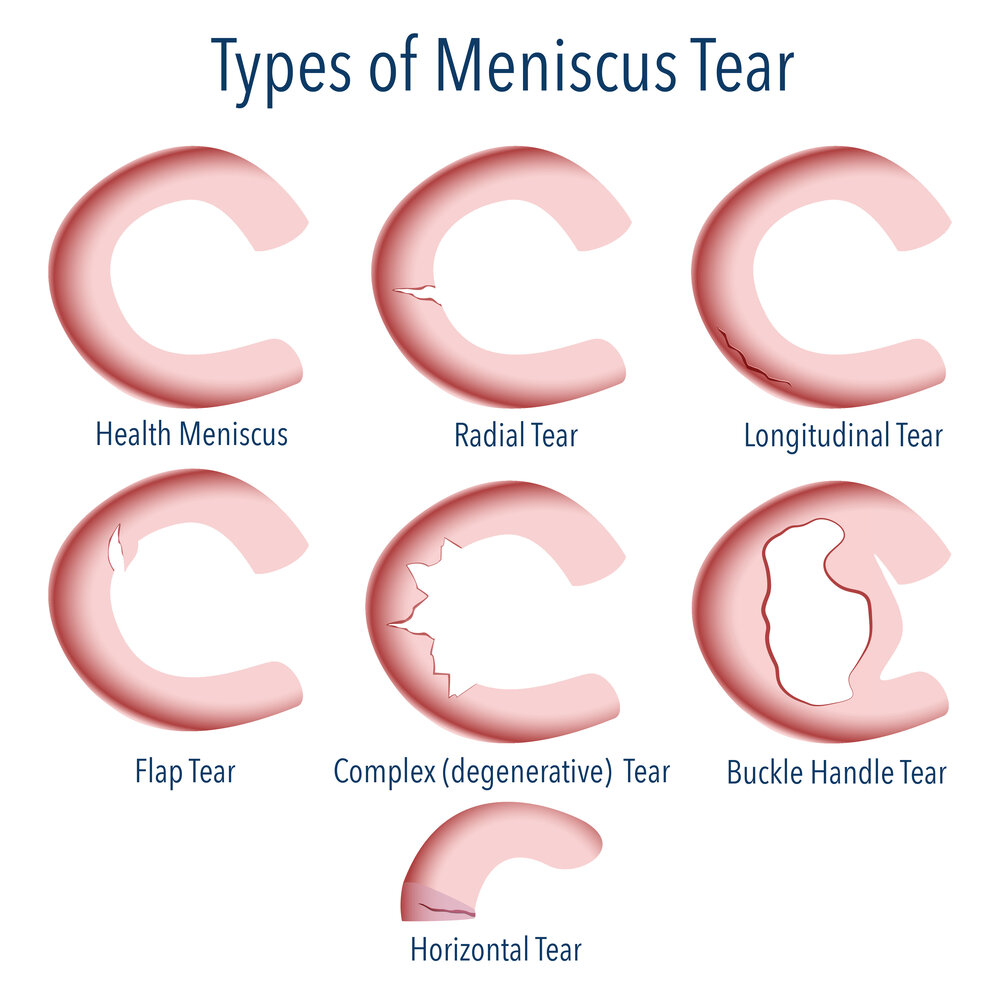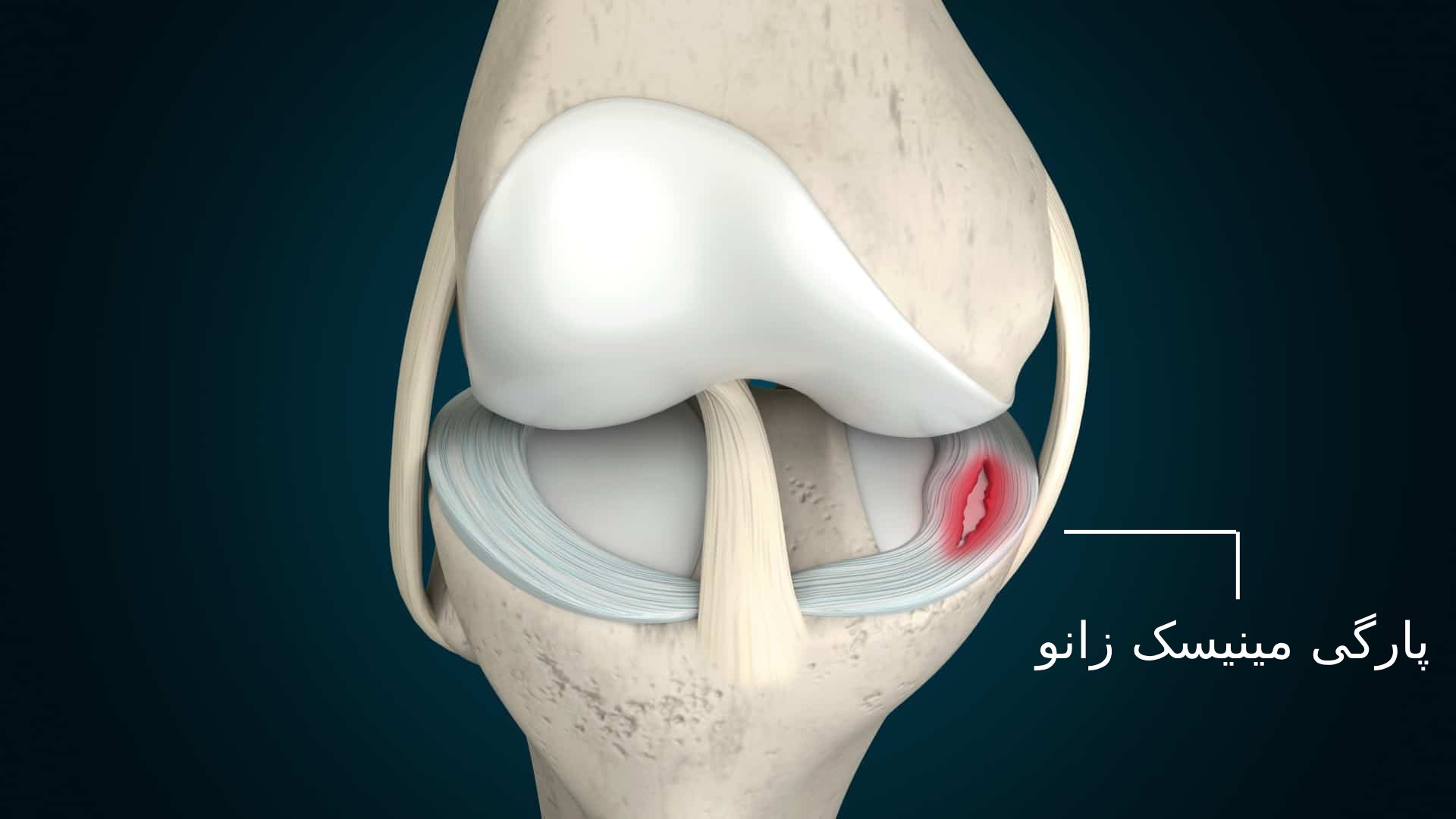Understanding Torn Meniscus
:max_bytes(150000):strip_icc()/meniscusfinal-01-5c8fba21c9e77c00010e96f5.png)
Okay, so picture this: your knee, the hinge that lets you walk, run, jump, and even do the Macarena (if you’re feeling brave). Inside that joint, there are these C-shaped pieces of cartilage called menisci. They’re like shock absorbers, cushioning the bones and distributing weight evenly. But what happens when one of these menisci tears? Well, that’s where the drama starts.
Anatomy and Function
The meniscus is a crescent-shaped piece of cartilage that acts like a shock absorber and cushion between the femur (thighbone) and tibia (shinbone) in the knee joint. It helps distribute weight evenly, prevents friction between the bones, and allows for smooth movement. Imagine it as a squishy buffer, keeping the knee stable and comfortable.
Types of Meniscus Tears
There are different types of meniscus tears, each with its own set of causes and symptoms. Here’s a rundown:
- Horizontal Tear: This type happens when the meniscus splits horizontally, often caused by a twisting injury. Imagine a piece of paper being ripped in half.
- Vertical Tear: This is a more common type where the tear runs vertically through the meniscus, often due to a sudden forceful impact or twisting motion. Think of a slice through a piece of bread.
- Radial Tear: This type is like a spoke in a wheel, extending from the inner to the outer edge of the meniscus. It’s often caused by a sudden twisting or compression force.
- Degenerative Tear: This type occurs as a result of wear and tear over time, particularly in older individuals. Think of it as a crack in a piece of aged wood.
Causes of Meniscus Tears
Meniscus tears are often caused by sudden forceful movements, particularly when the knee is twisted or rotated. Here are some common causes:
- Sports Injuries: Activities like basketball, football, and skiing involve sudden changes in direction and forceful movements that can put stress on the knee, leading to a meniscus tear.
- Direct Impact: A direct blow to the knee, such as a fall or car accident, can also cause a meniscus tear.
- Degeneration: As we age, the meniscus can weaken and become more susceptible to tears, especially with repeated stress or overuse.
- Occupational Hazards: Certain jobs, like construction or manual labor, involve repetitive knee movements and heavy lifting, which can increase the risk of meniscus tears.
Symptoms and Diagnosis

So, you’ve got a torn meniscus. You might be wondering, “What’s the deal with this thing?” Well, let me break it down for you. A torn meniscus is like a rip in the cartilage that acts as a cushion between your thighbone and shinbone. It’s like a shock absorber for your knee, keeping everything smooth and stable. But when it tears, things can get a bit rough.
Symptoms of a Torn Meniscus
The symptoms of a torn meniscus can vary depending on the severity of the tear. Some people might only experience mild discomfort, while others might have severe pain and swelling.
Here’s a rundown of the common symptoms:
- Pain: You might feel a sharp pain in your knee, especially when you twist, squat, or kneel. The pain might be worse when you put weight on your leg.
- Swelling: Your knee might swell up, especially after an injury. The swelling might be accompanied by warmth and redness.
- Stiffness: You might have difficulty bending or straightening your knee.
- Locking: Your knee might feel like it’s locked in place and won’t move.
- Clicking or popping: You might hear or feel a clicking or popping sound when you move your knee.
- Giving way: Your knee might feel like it’s giving way or buckling, especially when you’re walking or standing.
Diagnosis of a Torn Meniscus
Diagnosing a torn meniscus typically involves a combination of a physical exam and imaging tests.
- Physical Exam: Your doctor will examine your knee and ask you about your symptoms. They will check your range of motion, palpate for tenderness, and assess your knee’s stability. They may perform specific tests to assess the meniscus, like the McMurray test, which involves rotating the knee and listening for a clicking sound.
- Imaging Tests: Your doctor might order imaging tests to confirm the diagnosis and assess the severity of the tear. These tests might include:
- X-ray: While X-rays can’t directly visualize the meniscus, they can rule out other conditions like fractures.
- MRI: An MRI scan is the gold standard for diagnosing a torn meniscus. It provides detailed images of the soft tissues in your knee, including the meniscus.
Complications of an Untreated Torn Meniscus
If left untreated, a torn meniscus can lead to several complications, including:
- Further damage to the knee: A torn meniscus can put extra stress on other structures in your knee, such as the ligaments and cartilage. This can lead to further damage and pain.
- Arthritis: A torn meniscus can contribute to the development of arthritis in the knee. This is because the tear can cause inflammation and damage to the cartilage, which can eventually wear away.
- Locking or instability: A large tear in the meniscus can cause the knee to lock or feel unstable. This can make it difficult to walk or participate in activities.
Treatment Options: Torn Meniscus

So, you’ve got a torn meniscus, huh? It’s like a little tear in the cartilage in your knee. You might be wondering, “What do I do now?” Well, let’s dive into the world of treatment options, both conservative and surgical.
Treatment Options for Torn Meniscus
The goal of treatment is to relieve pain and restore function. Treatment options depend on factors like the severity of the tear, your age, activity level, and overall health.
- Conservative Treatment: This involves non-surgical methods to manage pain and inflammation. It’s often the first line of defense for a torn meniscus.
- Surgical Treatment: This involves procedures to repair or remove the torn meniscus. It’s considered when conservative treatment fails or the tear is severe.
Conservative Treatment, Torn meniscus
This approach focuses on managing symptoms without surgery.
Conservative Treatment Options
| Treatment | Description | Benefits | Risks |
|---|---|---|---|
| Rest | Avoid activities that put stress on the knee. | Allows the knee to heal and reduces inflammation. | May lead to muscle atrophy and stiffness. |
| Ice | Apply ice packs to the affected area for 15-20 minutes at a time, several times a day. | Reduces inflammation and pain. | May cause skin irritation. |
| Compression | Use a compression bandage to reduce swelling. | Reduces inflammation and provides support. | May restrict blood flow. |
| Elevation | Keep the knee elevated above heart level. | Reduces swelling. | May be uncomfortable. |
| Pain Medication | Over-the-counter pain relievers like ibuprofen or acetaminophen, or prescription pain medications. | Reduces pain and inflammation. | May cause side effects such as stomach upset or drowsiness. |
| Physical Therapy | Exercises to strengthen muscles around the knee and improve range of motion. | Improves stability, flexibility, and strength. | May be painful initially. |
| Bracing | Wearing a knee brace to provide support and stability. | Reduces stress on the knee and improves stability. | May cause discomfort and restrict movement. |
Surgical Treatment
This approach involves procedures to repair or remove the torn meniscus.
Surgical Treatment Options
| Treatment | Description | Benefits | Risks |
|---|---|---|---|
| Meniscectomy | Removal of the torn portion of the meniscus. | Relieves pain and improves joint function. | May lead to osteoarthritis in the long term. |
| Meniscus Repair | Suturing the torn meniscus back together. | Preserves the meniscus and may reduce the risk of osteoarthritis. | May not be successful in all cases, and requires a longer recovery period. |
Decision-Making Process
The decision of whether to opt for conservative or surgical treatment depends on various factors.
Decision-Making Flowchart
[Image of a flowchart with the following decision points and paths:]
Start
Torn Meniscus Diagnosed
Conservative Treatment (Rest, Ice, Compression, Elevation, Pain Medication, Physical Therapy, Bracing)?
Yes
Symptoms Improve?
Yes
Continue Conservative Treatment
No
Surgical Treatment (Meniscectomy or Meniscus Repair)?
Yes
Proceed with Surgery
No
Consider Other Treatment Options
End
Potential Risks and Benefits
Both conservative and surgical treatment options have their own potential risks and benefits.
Conservative Treatment Risks
- May not be effective for all types of tears.
- May lead to long-term pain and disability.
Conservative Treatment Benefits
- Avoids surgery and its associated risks.
- Allows the knee to heal naturally.
Surgical Treatment Risks
- Infection.
- Blood clots.
- Damage to surrounding structures.
- Pain and stiffness.
- Failure of the repair.
Surgical Treatment Benefits
- May relieve pain and improve function.
- May prevent or delay osteoarthritis.
A torn meniscus, a common injury, can be a painful reminder of our physical limitations. It’s a test of our resilience, pushing us to find strength within ourselves. Just as we see in the justin jefferson injury , a setback can be an opportunity for growth.
Healing from a torn meniscus requires patience, dedication, and a belief in our own inner power to overcome adversity. Through the process, we discover a deeper understanding of our bodies and the strength we possess, both physically and spiritually.
A torn meniscus can be a painful setback, but it’s a reminder that even in our most vulnerable moments, we can find strength. Just as a warrior may face a battle, we too can rise above adversity. The journey back to wholeness requires patience and perseverance, much like the path JJ McCarthy took to become a standout quarterback.
Take a look at jj mccarthy stats to see how he overcame challenges. The resilience he demonstrates reminds us that with faith and dedication, we can overcome any obstacle, even a torn meniscus.
